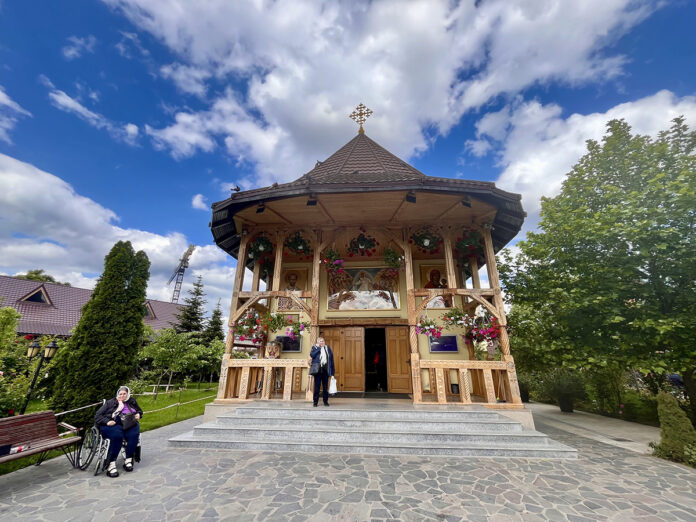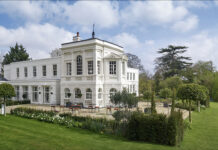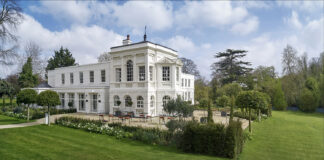
Hi there!
In the last couple of years, I have been steadily working my way between Europe’s smaller, or less popular, capital cities. We all know about the romance of Paris and the historic architecture of Rome, but although I adore them too, I have always been someone who roots for the underdog. The lack of crowds, affordability, and likelihood that what you find in such places will exceed your expectations makes lesser visited capitals ideal destinations for a long weekend.
I had very little idea what to expect in Bucharest. I suppose, if anything, I would have put it in a bracket with nearby Skopje, Sofia, and Zagreb, but that was just a guess. Even now, having been, I struggle to think of a city which is comparable.
What caught me by surprise was the scale of the city and its buildings. The Romanian capital is the eighth largest city in Europe, and with 2.7 million people living in the Bucharest metropolitan area, it is considerably larger than the likes of Barcelona, Milan, and Amsterdam. I checked in at the imposing JW Marriott, which has more than 400 rooms; and from the executive lounge you can see the gargantuan People’s Salvation Cathedral which is under construction across the street. Once complete, it will be the patriarchal cathedral of the Romanian Orthodox Church and will have the biggest collection of church mosaics in the world.
“Bigger is better” seems to have been the motto of many of Bucharest’s architects. In the 1980s when Communist dictator Nicolae Ceaușescu ruled Romania, he ordered the construction of a new Palace of the Parliament, which still dominates the city center today. It is quite possibly the heaviest building in the world, and in addition to what you can see, there are eight subterranean levels, including a nuclear bunker. The best way to see the over-the-top marble interiors and learn about its construction is on a guided tour, where you will get a sense of both Ceaușescu’s megalomania and the importance which Romanians attach to their democracy and EU membership today.
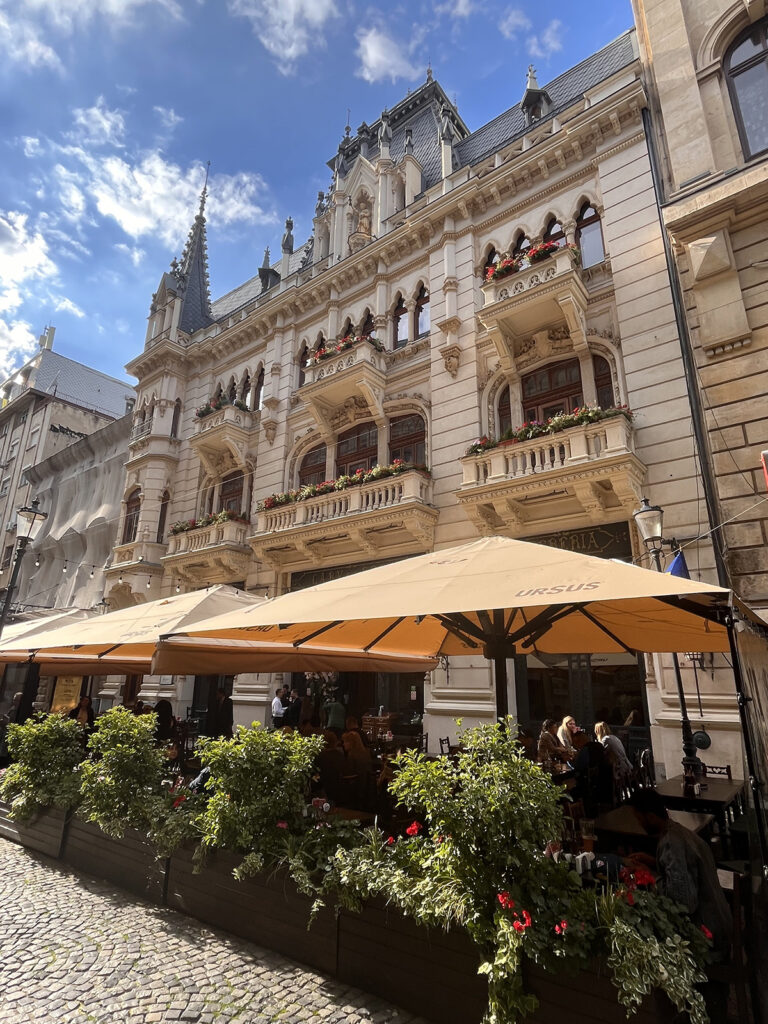
The vast concrete and marble edifices of the Communist parts of the city undoubtedly represent an important part of Bucharest’s recent history, but I did find them somewhat intimidating. Far more pleasurable was the lively atmosphere in the Old Town, where cafes and bars spill out onto the street; and the laid-back feel of the many well-kept parks.
King Michael I Park, on the northern side of the city, covers 187 ha and centers on Lake Herastrau. It is filled with paths, sculptures, and cafes, as well as trees and flowers, and at weekends in particular, families come here to chill. As a tourist, the most interesting area of the park is the Dimitrie Gusti National Village Museum, where traditional wooden houses from across Romania have been collected and reconstructed. Not only can you see the huge variety of vernacular architectural styles, but you can appreciate something of what rural life must have been like a century or more ago.
Overlooking the lake in King Michael I Park is Restaurant Pescăruș (meaning “Seagull”), which has been feeding Bucharest ever since the 1930s. The location certainly contributes to its popularity, but the gorgeous interior with its white, gull-like birds suspended from the ceiling, and the excellent service, also help earn its 5-star rating. Romanian cuisine is rarely celebrated abroad, but it deserves to be. At Pescăruș, order fresh fish and seafood; but visit a Bavarian-style beer hall such as Hanu’ Berarilor Uranus for locally-brewed cask beers and hearty Romanian dishes such as glazed pork cheek, chicken livers, or meatballs with polenta.
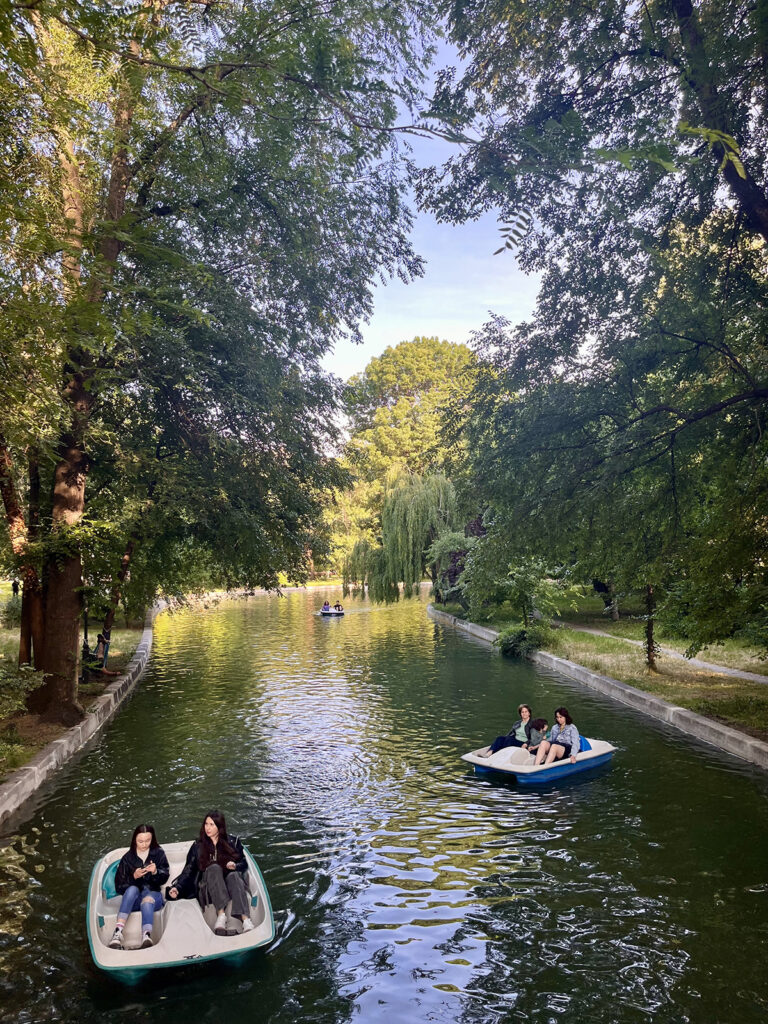
If I can point you in the direction of just one restaurant in Bucharest, however, let it be Kaiamo. This is an extraordinary fine dining restaurant where Chef Radu is fusing Romanian and Japanese cuisines. The menu changes nightly depending on what is in season, and if you are planning to treat yourself to the incredible 20-course tasting menus (with optional wine or cocktail pairings), you had better reserve an early table as the whole experience takes 3-4 hours to enjoy. I committed to the rather shorter 9-course menu, accompanied by some excellent Romanian wines chosen for me by the sommelier. The French restaurant guide Gault et Millau has awarded Kaiamo three toques (equivalent to a Michelin star), and I am 100% in agreement that the restaurant deserves its place on the World’s 50 Best Discovery list.
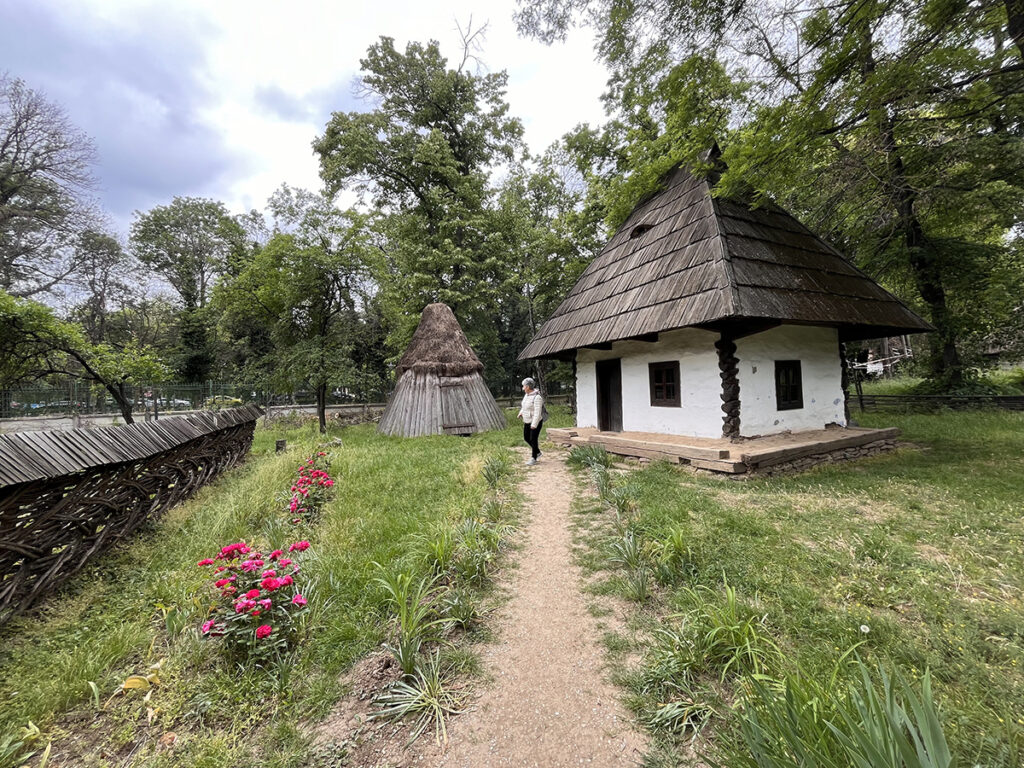
My time in Bucharest was all too short, but I have a suspicion that I will be back. There’s so much more to see and do, and I want a repeat visit to Kaiamo to eat my way through all those 20 courses!


